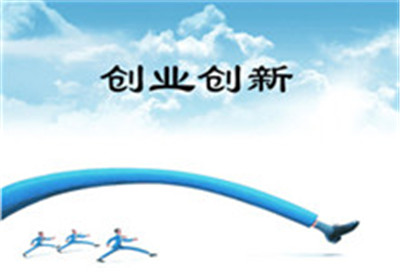meetings(Maximizing Productivity The Art of Successful Meetings)
Maximizing Productivity: The Art of Successful Meetings
Introduction:
Meetings often receive a bad reputation due to their tendency to become unproductive and time-consuming. However, when conducted effectively, meetings can be a valuable tool for businesses to collaborate, brainstorm, and make important decisions. By implementing key strategies and techniques, team leaders can ensure that their meetings are both efficient and productive.Maximizing Efficiency:
To maximize the efficiency of a meeting, it is essential to have clear objectives and an organized agenda. An agenda should be sent out ahead of time to all participants, outlining the topics to be discussed and the allotted time for each item. Not only does this keep everyone on track and prevent tangents, but it also allows participants to come prepared with any necessary information or materials.Another effective technique for maximizing efficiency is to designate specific roles and responsibilities for each participant. For example, one individual could be responsible for taking notes and summarizing the meeting's key points, while another could be responsible for following up on action items after the meeting.Encouraging Engagement:

Following Up:
The final step in maximizing the productivity of a meeting is to follow up effectively. After the meeting, it is important to distribute minutes or notes summarizing the discussion and any decisions made. Any action items or next steps should also be clearly outlined, including ownership and deadlines.Furthermore, it can be helpful to schedule a follow-up meeting or check-in to ensure that progress is being made on the action items. This not only holds everyone accountable, but it also helps to ensure that the meeting was not just a waste of time, but rather a productive use of everyone's time.In conclusion, meetings can be a highly valuable tool for businesses when conducted effectively. By maximizing efficiency, encouraging engagement, and following up effectively, team leaders can ensure that their meetings are productive and contribute to the overall success of the organization.








